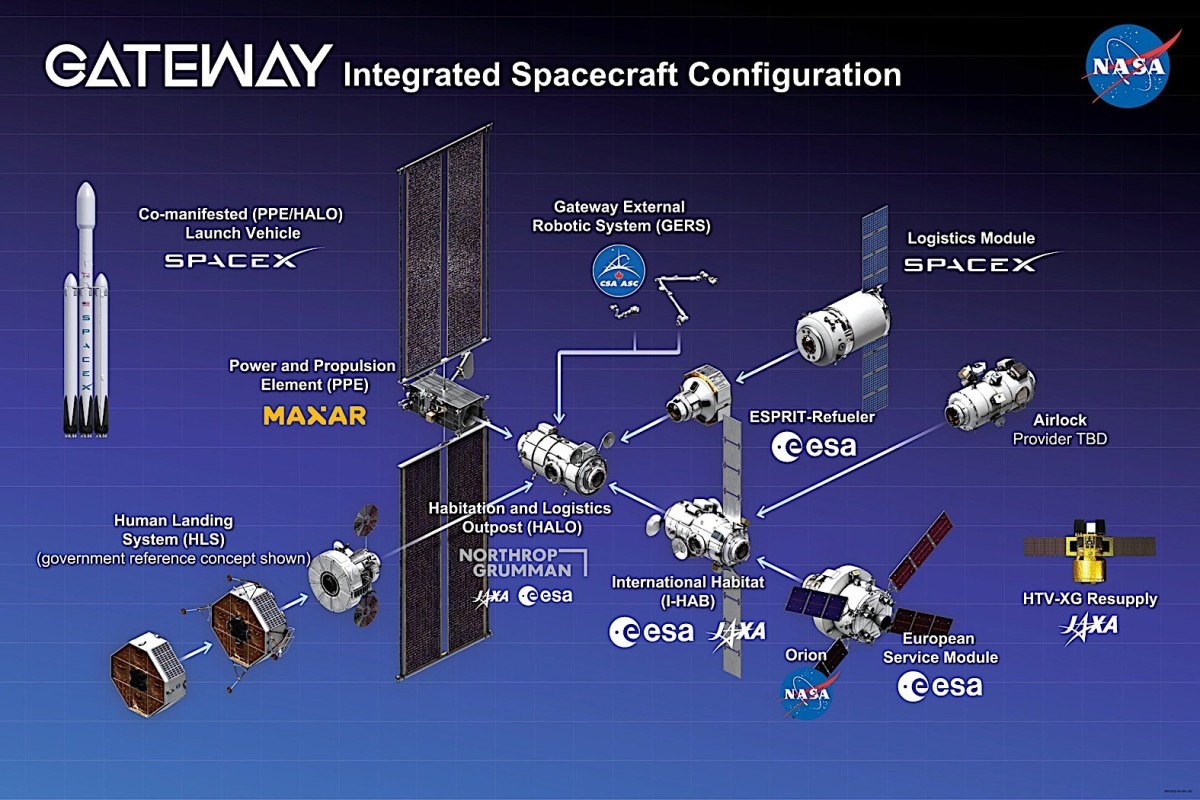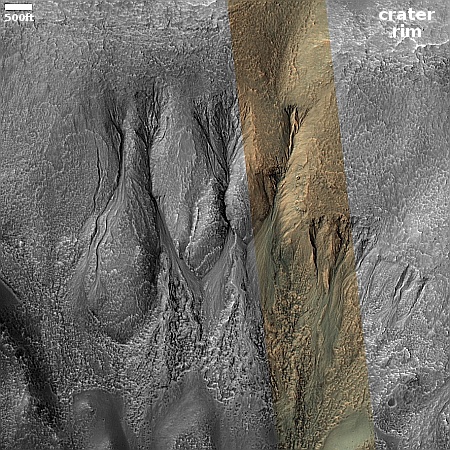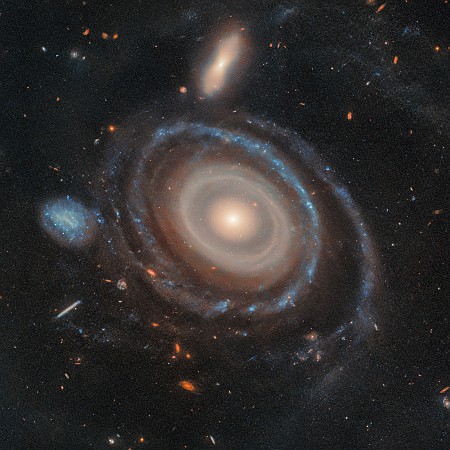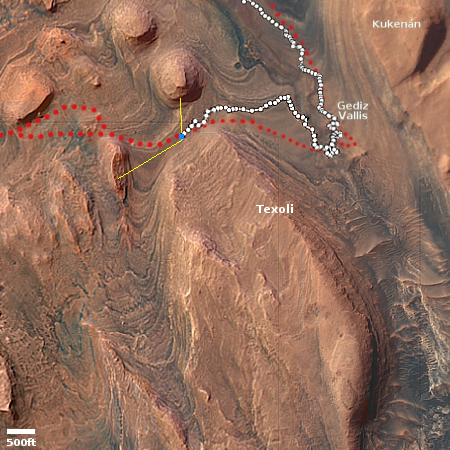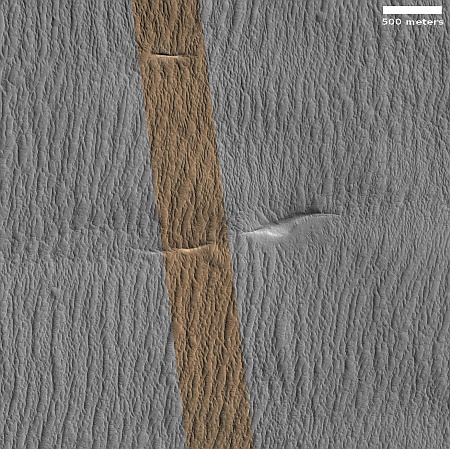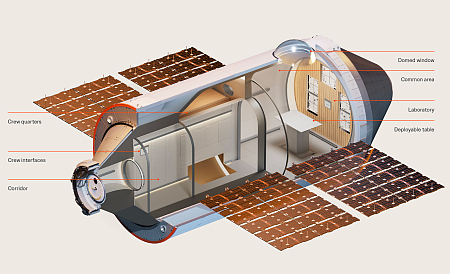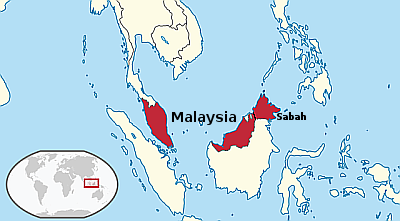Rocket Lab wins another multi-launch contract
Rocket Lab today announced it has won a four-launch contract with a Japanese company, the Institute for Q-shu Pioneers of Space, Inc. (iQPS), to launch its Earth-imaging satellites.
The multi-launch contract, signed in July 2024 [but apparently not publicly announced till now], includes three dedicated missions for launch in 2025 from Rocket Lab Launch Complex 1 in New Zealand, with a fourth launch scheduled for 2026. Each mission will carry a single satellite to form part of iQPS’ planned constellation of 36 synthetic aperture radar (SAR) satellites that are capable of collecting images through cloud and at night with a high resolution of less than a meter.
Rocket Lab previously completed one launch for iQPS in 2023, signing the contract and launching within four months.
Though the company has not yet announced officially the number of launches it hopes to fly in 2025, it appears the number will exceed the 14 orbital launches it completed in 2024. Before adding the three 2025 iQPS launches above, Rocket Lab had 18 Electron launches listed for 2025 at the rocketlaunch.live website, as well as the first launch of the company’s new Neutron rocket. Altogether that adds up to a total of 22 launches.
Rocket Lab today announced it has won a four-launch contract with a Japanese company, the Institute for Q-shu Pioneers of Space, Inc. (iQPS), to launch its Earth-imaging satellites.
The multi-launch contract, signed in July 2024 [but apparently not publicly announced till now], includes three dedicated missions for launch in 2025 from Rocket Lab Launch Complex 1 in New Zealand, with a fourth launch scheduled for 2026. Each mission will carry a single satellite to form part of iQPS’ planned constellation of 36 synthetic aperture radar (SAR) satellites that are capable of collecting images through cloud and at night with a high resolution of less than a meter.
Rocket Lab previously completed one launch for iQPS in 2023, signing the contract and launching within four months.
Though the company has not yet announced officially the number of launches it hopes to fly in 2025, it appears the number will exceed the 14 orbital launches it completed in 2024. Before adding the three 2025 iQPS launches above, Rocket Lab had 18 Electron launches listed for 2025 at the rocketlaunch.live website, as well as the first launch of the company’s new Neutron rocket. Altogether that adds up to a total of 22 launches.


